Chia Seeds vs Psyllium Husk in Gluten-Free Baking
Whether you're in need of a substitute or want to understand the difference between these two ingredients, this comparison of chia seeds vs psyllium husk will teach you everything you need to know. Both ingredients are popular in gluten-free baking and are a must-have in your baking pantry!
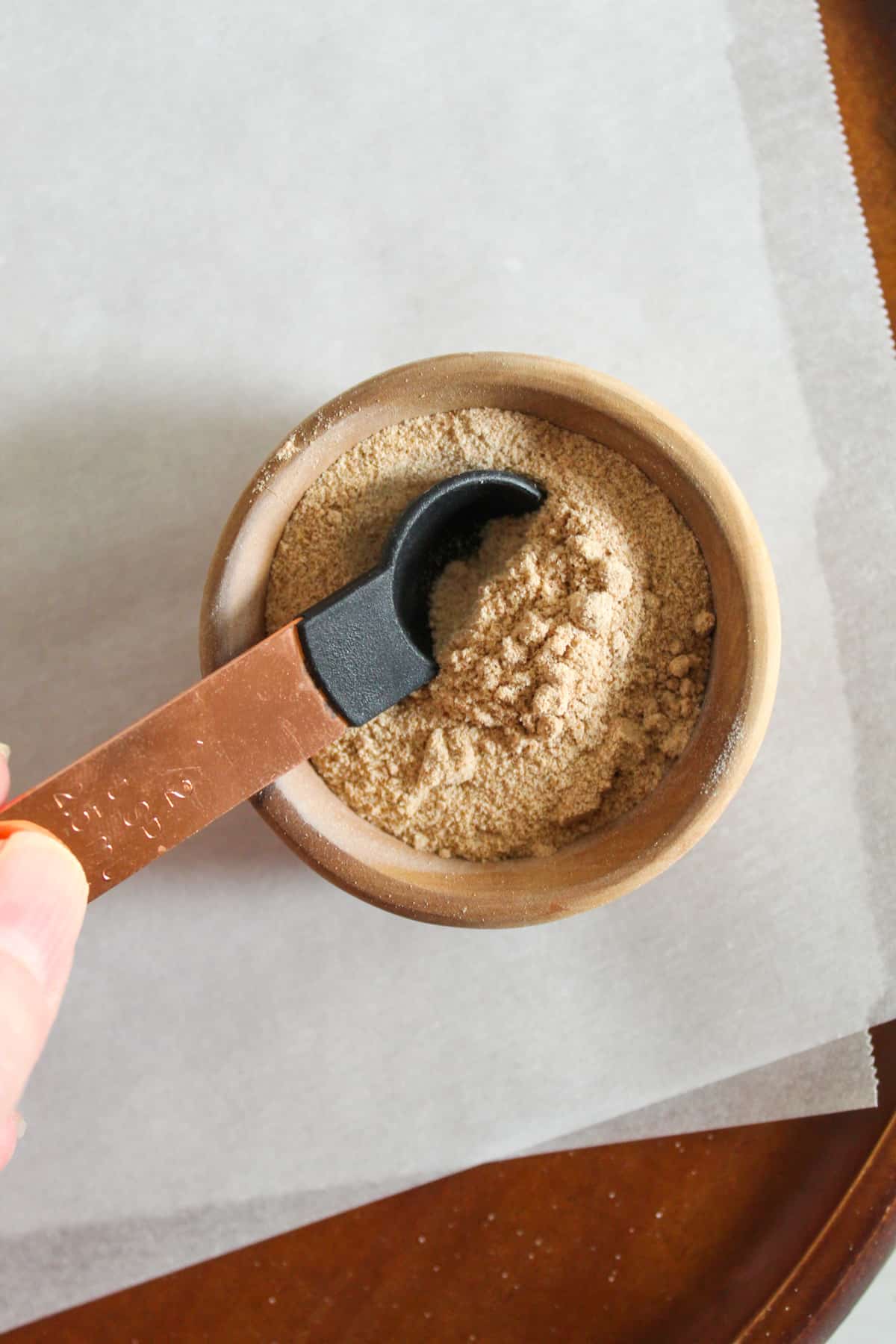
One of the most important things to understand about gluten-free baking is the role of gluten in regular baking. That sounds backward, but it's not! Gluten gives bread a soft, spongy texture and flexibility that can be very hard to replicate without it. That's where chia seeds, psyllium husks, guar gum, and other gluten-free thickening agents come into play.
These ingredients absorb a lot of liquid in recipes, which makes them soft and pliable. Without the proper binding agent, your almond flour tortillas would crack and crumble, and your gluten-free French bread wouldn't have the same chewiness. Ground chia seeds and psyllium fiber can help give your gluten-free bakes a texture more like gluten without touching the stuff!
As an affiliate partner of various brands and sponsored content, Zest for Baking may earn commission on qualifying purchases. Disclaimer
Jump to:
Chia Seeds vs Psyllium Husk: Similarities & Differences
Although these are both types of seeds, and they can sometimes be used interchangeably, they're also quite different.
Psyllium husk is all about fiber. We almost exclusively consume the dried and crushed husks, which are extremely absorbent and have so much fiber. It doesn't have a lot of nutritional value outside of that.
In gluten-free baking, it will make your bakes tender and pliable. It's especially handy for flatbreads, tortillas, and other really spongy products.
Chia seeds can be eaten whole, ground, or sprouted, but in baking, we generally use them in powder form. They are unique in that they have a good amount of protein, healthy fats, and soluble fiber.
Chia seeds take on a gel-like consistency in liquid and are used to absorb moisture in gluten-free bakes. They can also be used as a vegan egg replacement.
In gluten-free baking, you can substitute ground chia seed and psyllium powder 1:1 in some recipes. It's best to do this in small amounts, so if a recipe calls for more than a tablespoon or two, stick with the original ingredient.
What are Chia Seeds?
Chia seeds (Salvia hispanica) are seeds from the chia plant, a type of mint native to Central America. When exposed to liquid, these tiny seeds create a gel-like substance called mucilage. They're considered a nutritional superfood thanks to their high quantity of protein, omega-3 fatty acids, nutrients, and trace minerals.
They have a neutral, slightly nutty flavor and generally taste more like whatever they've been mixed with than anything else. This makes them a great addition to a variety of gluten-free recipes!
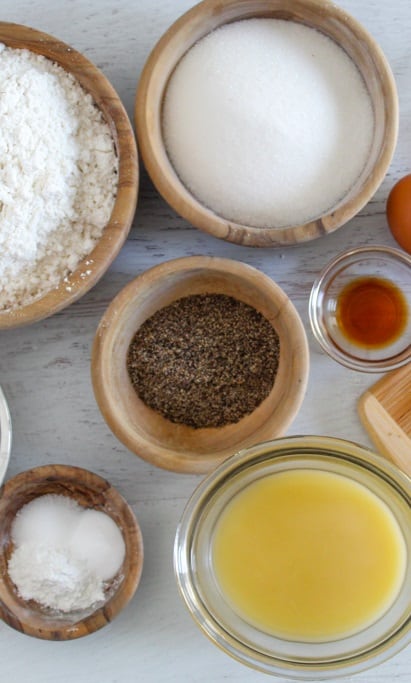
Uses
You can eat chia seeds several different ways. Use the whole seeds to thicken juices or liquids to make refreshing beverages or puddings, or grow the seeds to eat them as fresh sprouts.
In baking, we often use ground chia seed as a thickening agent to hold batters and doughs together and absorb liquid. You can even use them as a vegan egg substitute!
Nutrition
In a 9g serving, chia seeds have almost 4 grams of fat, 2.5 grams of fiber (mostly soluble fiber), 1.65 grams of protein, and less than 50 calories. They're also an excellent source of omega-3 fatty acids, specifically alpha-linolenic acid. Chia seeds contain a variety of essential nutrients and minerals, like calcium, phosphorous, magnesium, and zinc.
Surprisingly, they're also a complete protein, which means they have the nine essential amino acids your body cannot make on its own. They have a wide range of health benefits and may even improve heart health by reducing cholesterol levels, high blood pressure, and blood sugar levels and promoting weight loss!
Best for Baking
Although chia seeds can be eaten in several different ways, we almost always use ground chia seeds for baking. It absorbs moisture really well and can keep your gluten-free breads soft and tender. An exception would be these chia seed muffins where the seeds are whole since they are important for texture and consistency.
This chia seed bread is topped with sesame seeds for a nice quick bread that will really keep you full. In this gluten-free bread without xanthan gum, chia seeds are mixed with flax seeds to create a gel-like consistency before adding them to the dough.
You'll often see it used as a vegan egg substitute, just like flax seeds, hemp seeds, etc.
What is Psyllium Husk?
Psyllium husk powder is made by grinding the fibrous husks of the psyllium seeds (Plantago ovata) into a fine powder. The husks have a very high fiber content and bulk up significantly when exposed to liquid, which is why they are often sold as a laxative to support healthy digestion. This bulking feature can be very helpful in the kitchen, especially in gluten-free baking!
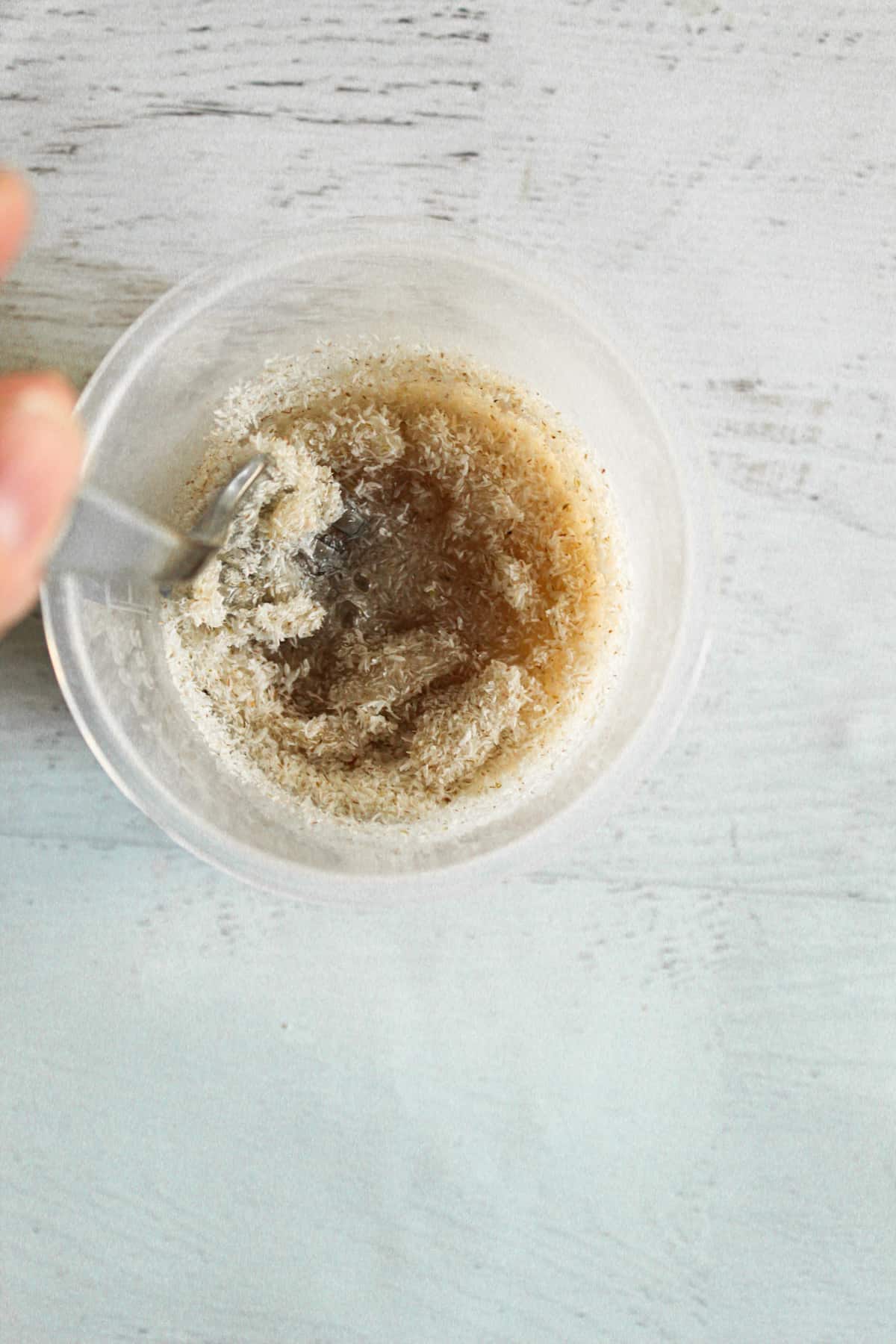
Uses
One of the best way to use psyllium husk for baking is as a powder. You add small amounts to your breads and other recipes to give them a flexible, spongy texture.
It gives these almond flour tortillas a wonderfully flexible texture, binds the dough for these millet cookies, and is essential for making these no yeast gluten-free cinnamon rolls nice and soft. This gluten-free focaccia wouldn't be nearly as tender without it!
Whole psyllium husks are used in these gluten free cinnamon rolls. When using the whole husks, you will need to mix the husks with warm water first to create a gel consistency to use for an extra soft texture in your gluten free baked goods.
Nutrition
Psyllium powder is a very high-fiber food with just over 6 grams of soluble fiber in a 9-gram serving. There are over 7 grams of dietary fiber in total, which is a very high percentage!
Although it contains 8 grams of carbohydrates, most of those are in the form of fiber. This means it has very few net carbs. Psyllium powder contains no protein or fat, but it does contain a good amount of iron and a small amount of potassium and sodium.
Note about psyllium husk
Since it is such a high-fiber food, psyllium husk may cause bowel problems for a really sensitive digestive system. For best results, use it in small quantities first and see how your body tolerates it.
Best for Baking
Psyllium husk tastes similar to wheat, which makes it an excellent ingredient in breads or savory bakes. It's a great option for adding flexibility to recipes that need to be able to bend or fold, like breads and wraps.
In general, you need a larger amount of psyllium fiber per recipe than xanthan gum or other binding agents, so you want to use a recipe that calls for this ingredient specifically.
Chia Seeds vs Psyllium Husk FAQs
Can I substitute chia seeds for psyllium husk?
Yes, but only with ground chia seeds and psyllium husk fiber! Psyllium husk fiber can be a great chia seed substitute, but only if both products are ground into powder form. Whole chia seeds will not work the same in your baked goods.
What is a substitute for psyllium husk in baking?
If you're all out of psyllium husk fiber for your recipe, you can try these substitutes for psyllium husk powder. Some popular options include xanthan gum, guar gum, chia seeds, and gelatin.
Why is psyllium used in baking?
The challenging thing about gluten-free baking is that it's missing the gluten. Gluten is like glue in baked goods, adding a tender flexibility that makes your favorite breads soft and springy. Psyllium is a binder and can add this sort of flexibility and sponginess to gluten-free bread, tortillas, and more. This makes it a really helpful ingredient for gluten-free bakers.
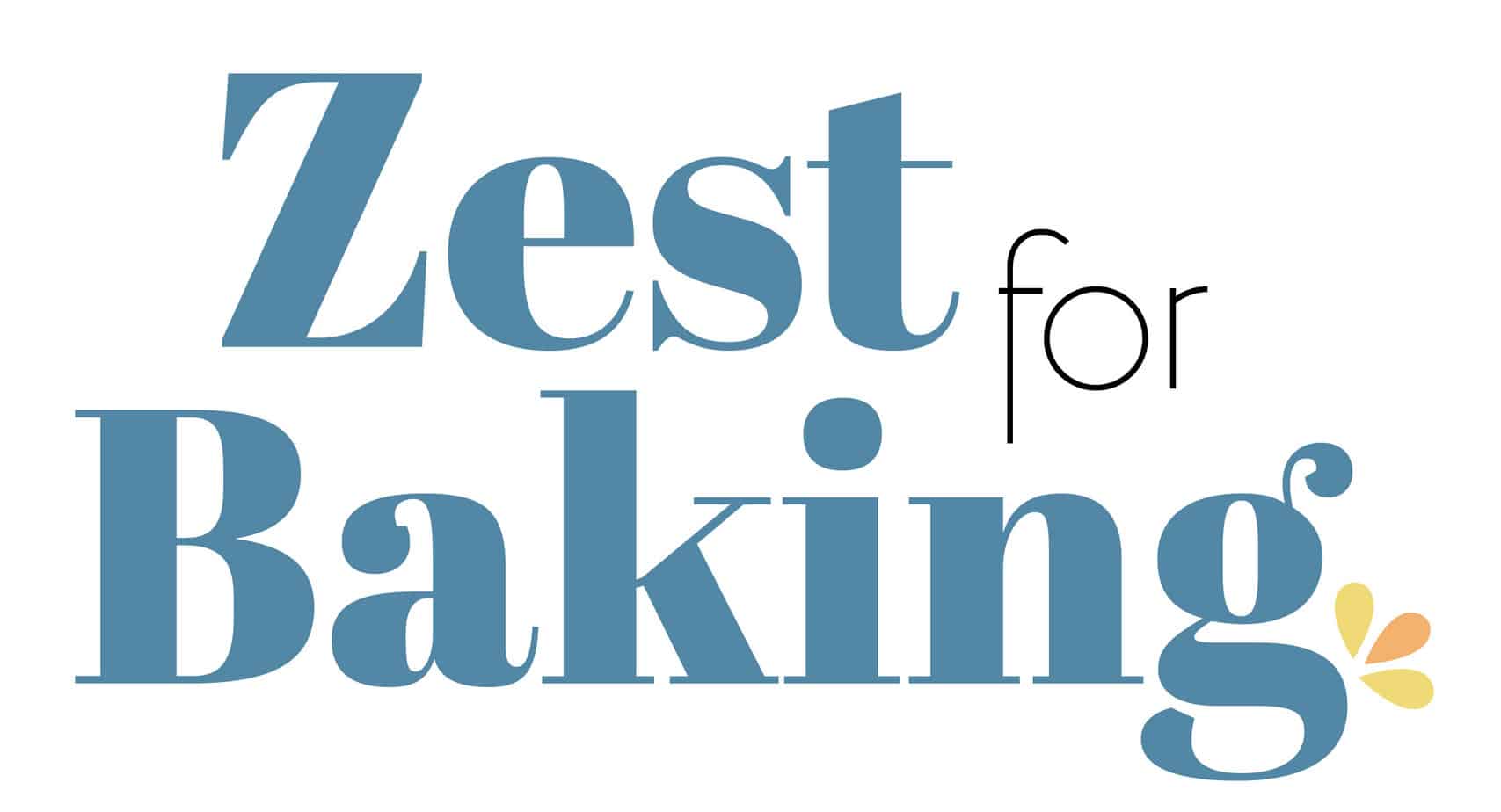
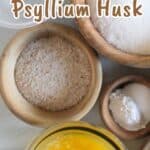
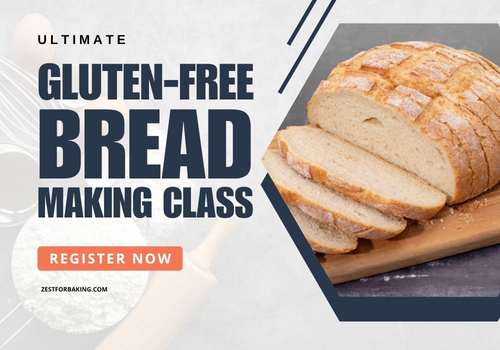
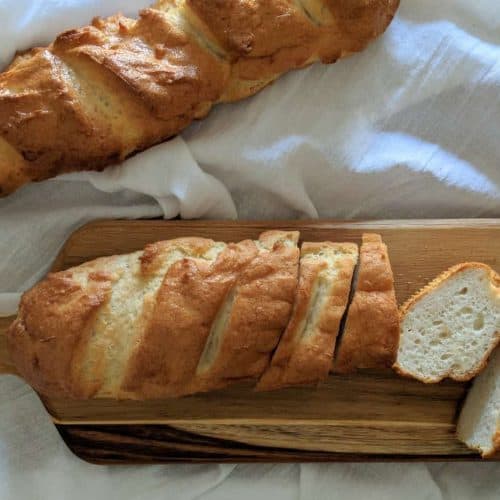
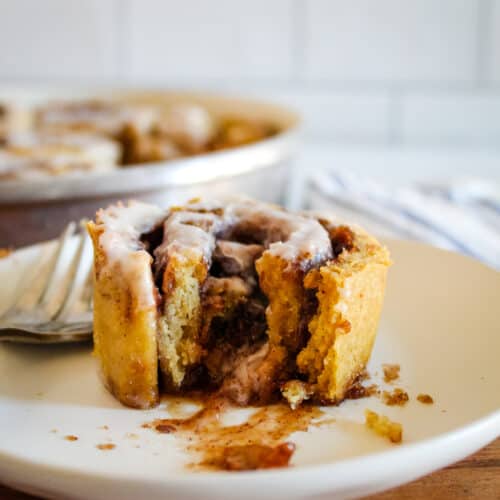
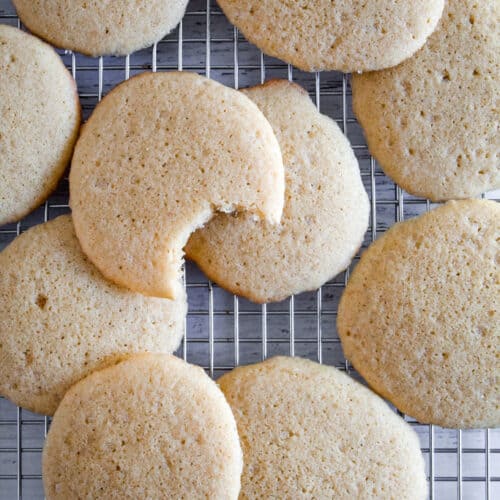
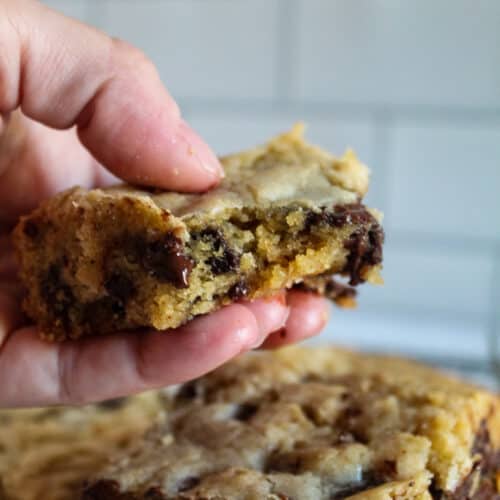
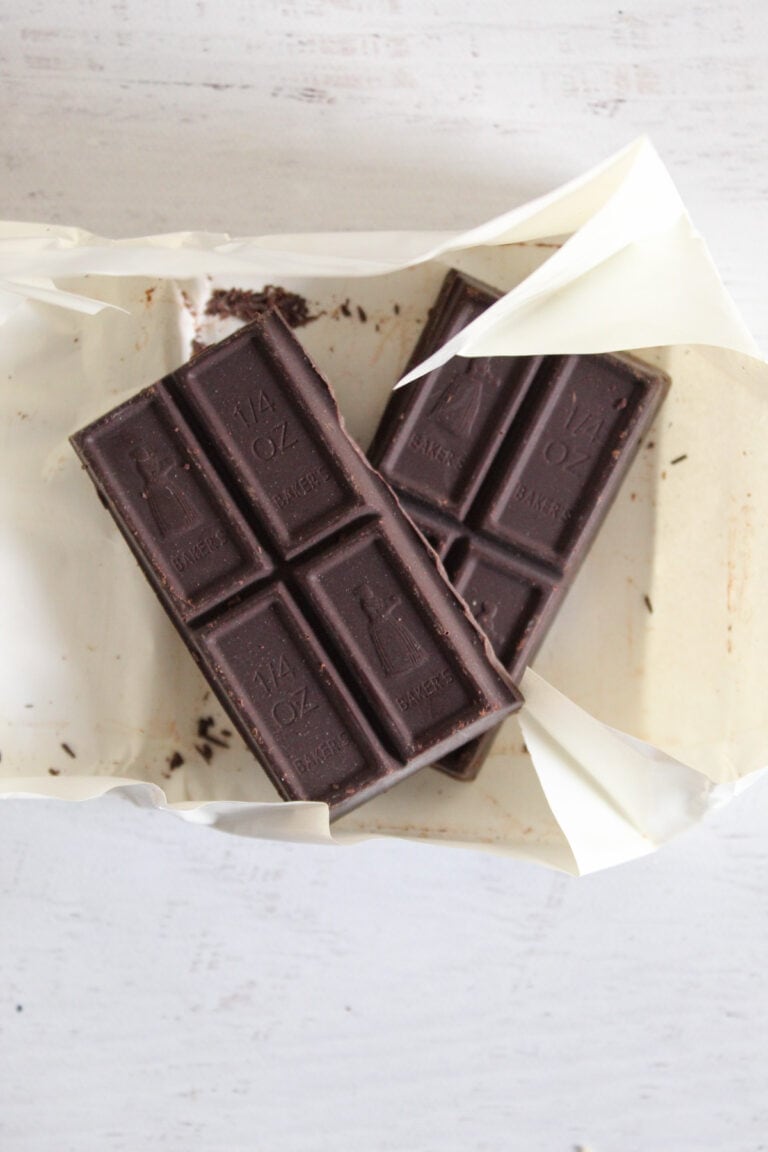
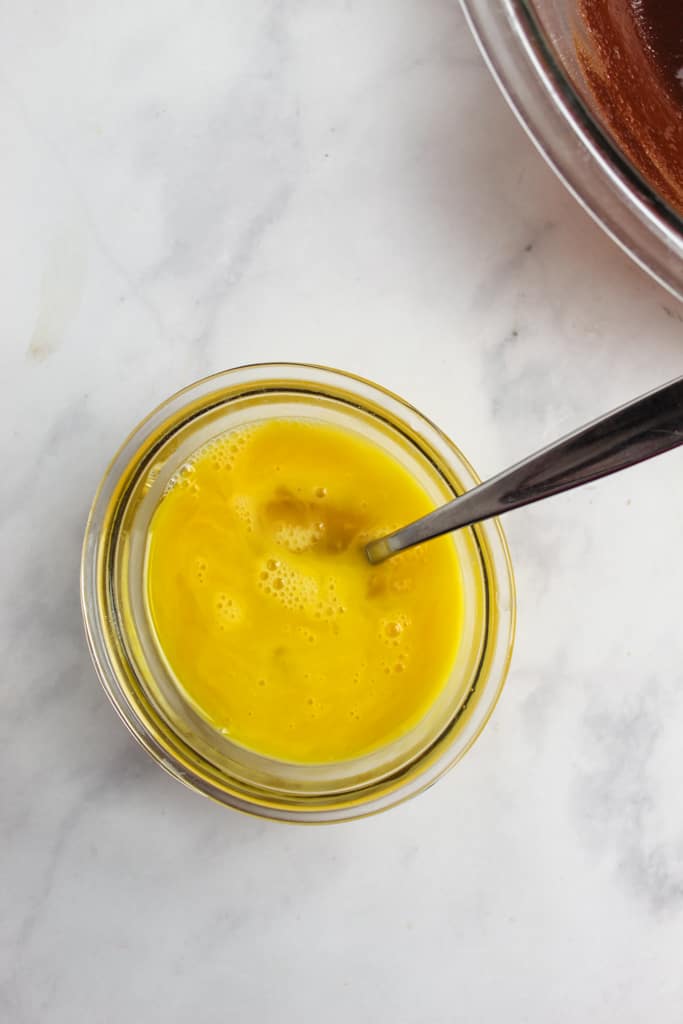
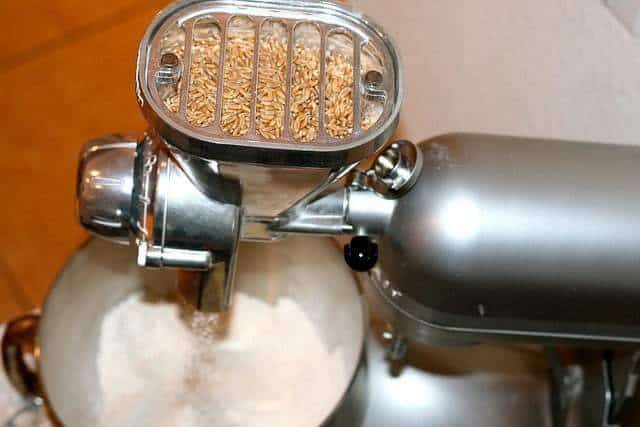
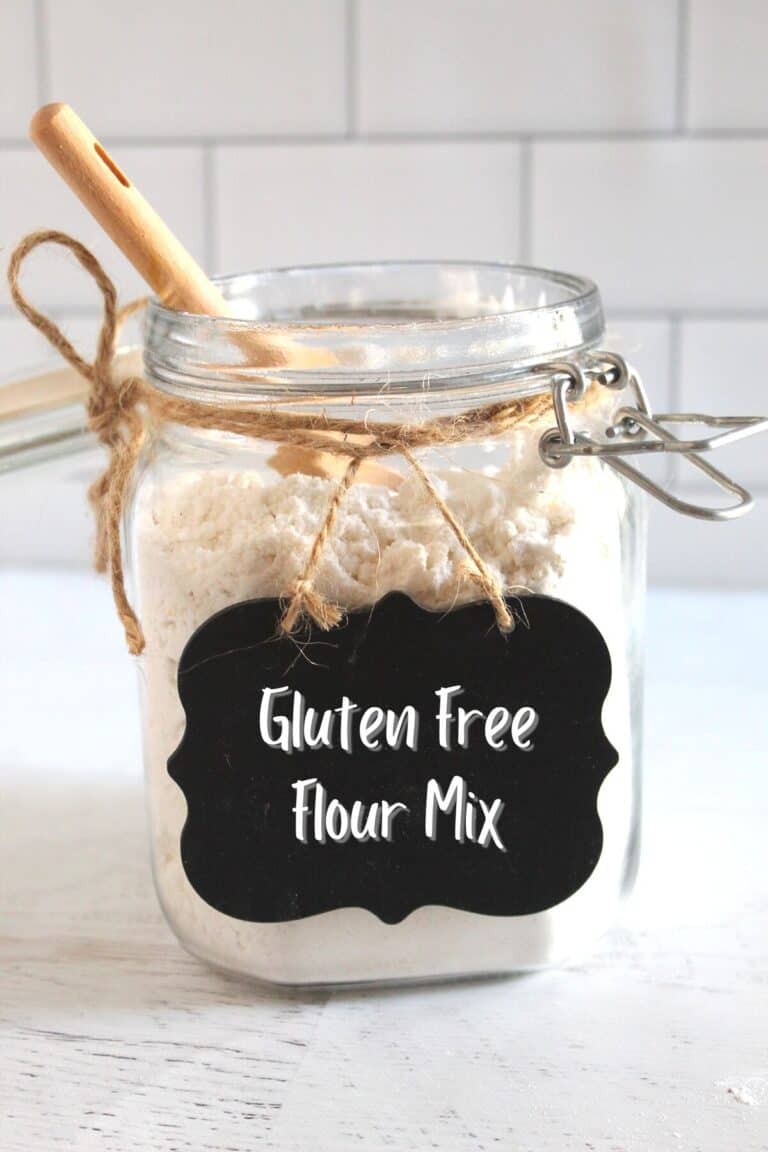
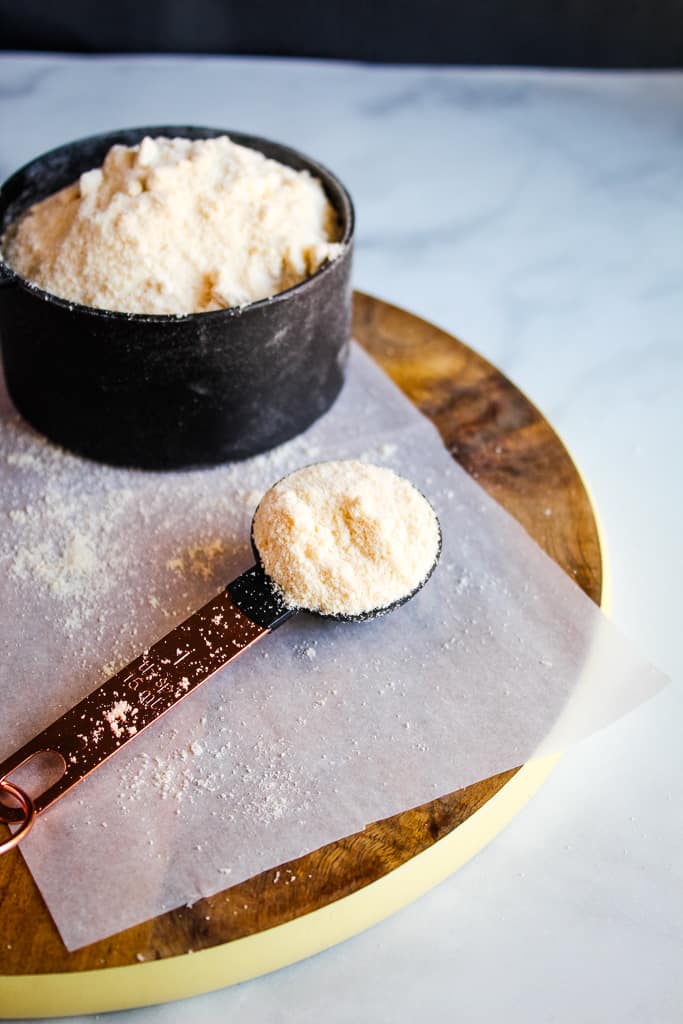
I've read elsewhere that psyillium husk is best to use as an egg substitute in yeast bread recipes. What do you think?
Hi Alberta,
Psyllium husk is a great binder. It's usually used as a substitute for xanthan gum. I typically recommend chia seed or flax seed as an egg substitute.
Hope that helps.
Christine
I am trying to make my chuffles crispier. I found a recipe that uses a small amount of psyllium husks and was trying to figure out if ground chia would be better.
Stuggling with the testing 😀
Thanks for your help
Hi Gaye,
Thanks for asking. So what I do is make a bunch of them, then freeze them and when I'm ready to eat them, I stick them in my toaster oven. They crisp up as they defrost/toast.
I imagine if you made smaller ones, you could do the same thing in an actual toaster.
Hope that helps!
Christine
If a recipe calls for whole psyllium husks and I only have psyllium husk powder, would it be a 1:1 substitution?